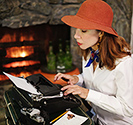Reader Stories: The danger of alcohol on the imaging process
posted Friday, March 18, 2016 at 6:50 AM EDT
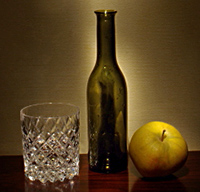
By IR Reader René Theuillon
One often says that still life is a boring part of art, the following story tends to prove the absolute contrary.
One day, or may be one night (I don’t actually remember) I intended to shoot an original but nevertheless classical composition of a bottle, glass and apple, using indirect light painting techniques.
The scene was displayed on the side board of my dining room, all lights off (i.e a dark room), after having carefully chosen (lights on) a neutral background, in fact the yellow paper of the wall, nothing else.
The empty bottle still life
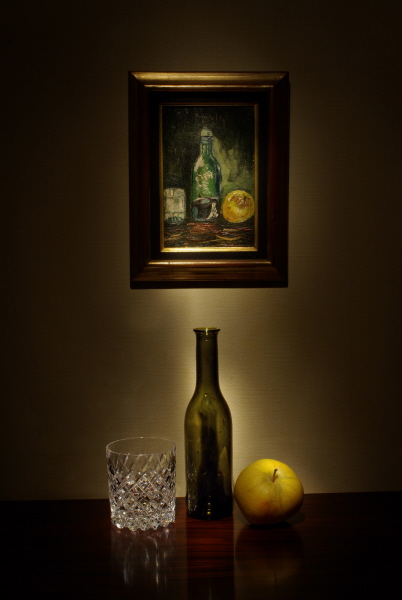
SAMSUNG GX10
PENTAX-DA 1:2.8 35 mm Macro Limited
15s / f16 / ISO 100 / WB 2900°K
My camera, an old SAMSUNG GX10, fitted with a PENTAX-DA 1:2.8 35 mm Macro Limited, was fed with the following settings - 15s/ f16 / ISO 100 / WB-CT 2900°K - and I began to shoot, trying to light the scene as artistically as possible, but quickly, with a strong pocket lamp, during the allowed 15s.
The results, of course, were not very impressive at first time.
After a dozen or so unsuccessful attempts, I got a little bit thirsty - nothing makes you more thirsty, than unsuccessful photographic attempts - and considering that the aesthetic effect would be enhanced with a bottle not completely filled up, I decided to encourage myself with a little drink.
So began an iterative process made of shooting, criticism and encouragement.
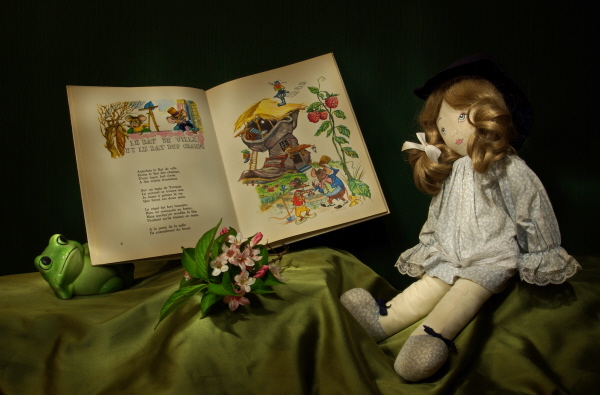
SAMSUNG GX10
SCHNEIDER-KREUZNACH D-XENON 1:3.5-5.6 18-55mm
30s / f22 / ISO 100 / WB 2900°K / 26mm
When the bottle was half empty, but estimating it was half full, I found my pictures to be a little bit better, but the proportion half and a half was not artistically satisfying and I decided to adhere to the rule of the thirds.
All of a sudden, having outpassed that point and the bottle being empty, the camera gave me that terrific image of a double vision of the original scene surrounded by a hallucinating light.
Alcohol is a calamity for human beings, and we don’t emphasize enough on damages it produces on health and social life, even image processing can be affected by this poison.
After that experience, I decided to mail a reader submission to IR, to warn my fellow photographers that, considering the tremendous effects made by alcohol on camera softwares, they have to keep themselves carefully out of this danger.
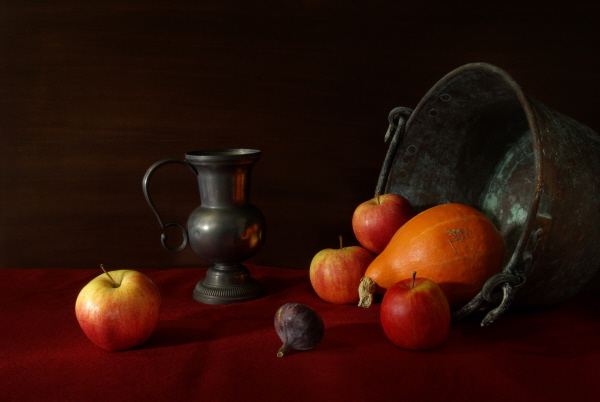
SAMSUNG GX10
SCHNEIDER-KREUZNACH D-XENON 1:3.5-5.6 18-55mm
30s / f22 / ISO 100 / WB 2900°K / 26mm
By the same way, I would suggest IR technical team to proceed to further investigations, and to add to their current tests (the more exhaustive on the web, to date) some experiments made in the above described environment, at each ISO setting for example.
Who said that still life was a boring topic ?
• • •
Additional technical data:
While direct light painting consists of drawing luminous figures with a source facing the camera, the purpose of undirect light painting is to create a picture by illuminating with a handed projector, a subject placed in a dark environment.
By this way the photographer is able to put the light where it should be, like a painter does with its brushes.
When you don’t have a sophisticated studio lighting, it is a convenient and un-expensive manner to shoot small size scenes, you just need the following gear :
a strong pocket lamp. I use a filament one, which provides a warm light.
a tripod, a camera which can handle long exposures (30s or bulb mode) and most important, manual WB in order to have it adjusted to the color temperature of the light source (2900°K in my case), unless your camera can do it well in AWB,
Variants can be added in the lighting process, while “ The empty bottle” still life has been lit uniquely with a pocket lamp, the other two pictures below have been shot with the help, for a few seconds, of a simple ceiling lamp on the upper left side, to give the light a general direction (as from a window for example), the pocket lamp having been used to underline the major elements of the scene and to fill in the shadows.
If you need crisper images, you may use an ND filter to operate at a wider aperture than my f22 which provides some diffraction, and if you have “home built” facilities you may construct a more sophisticated projector using a variable low voltage power supply which can give you more flexibility in the lighting.
These are the basic elements to start in this interesting activity, in fact all is a matter of…Imagination Resource, if I dare say.
Voilà! Vive la photographie ! (That’s all folks! Long life to photography!)
• • •
Another big IR THANKS for this humorous piece to help us through our Friday, René!
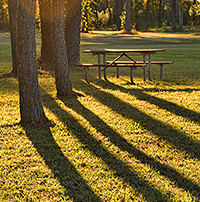
• See More Reader Stories •
•
How about you?
Have you captured a special image lately you'd like to share with us?
Please click here to learn more about submitting your own entry!
Reader Stories is a new column on our site, a platform for our readers
to share images and ideas with our community. It's a great way to share your creativity and passion with your fellow photographers out there! If you'd like to submit a story of your own, please visit this news story for more information on how to submit an entry. We look forward to hearing from you!
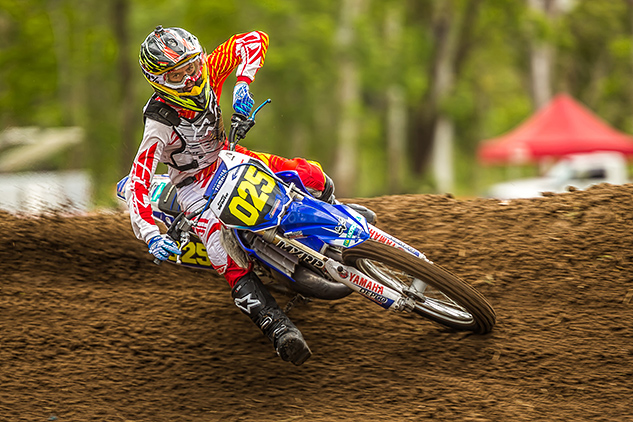

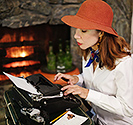
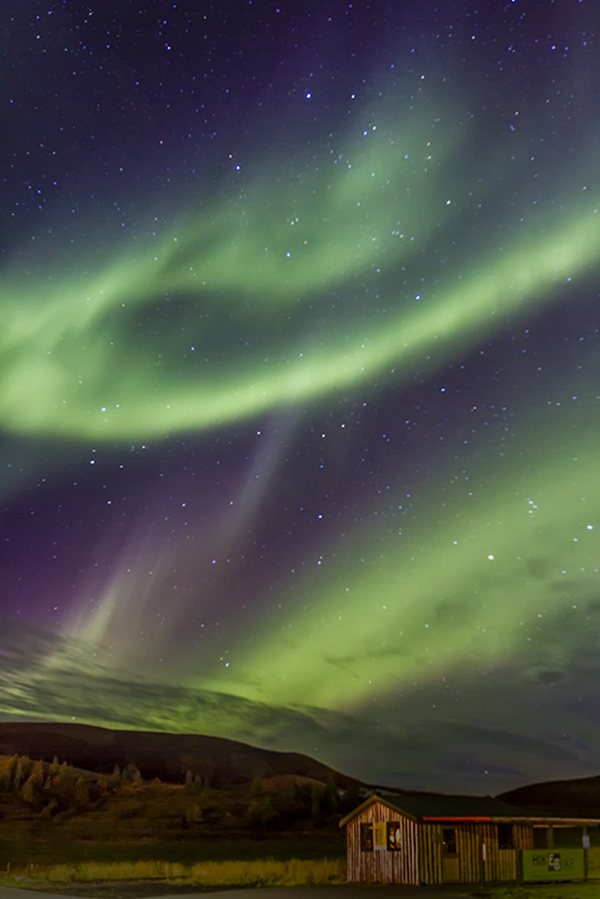
(25 seconds / f/2.8 / 16mm / ISO 250 / manual exposure)
